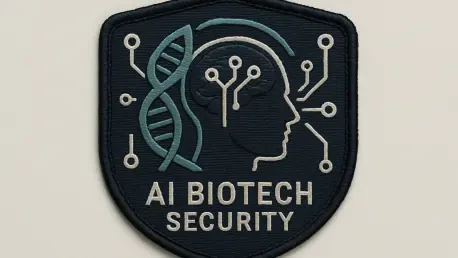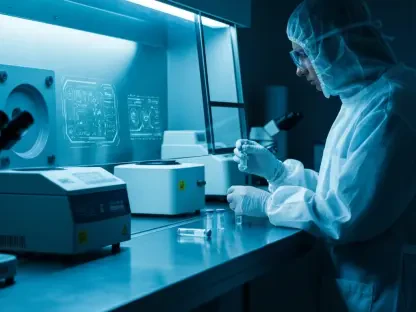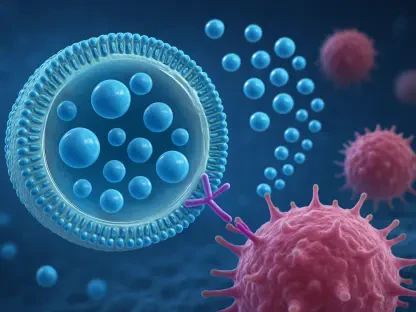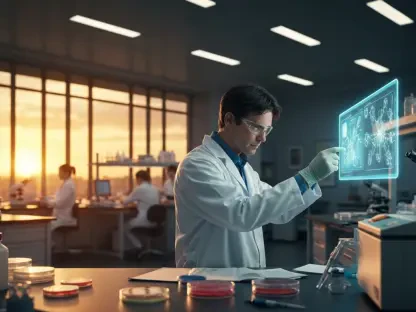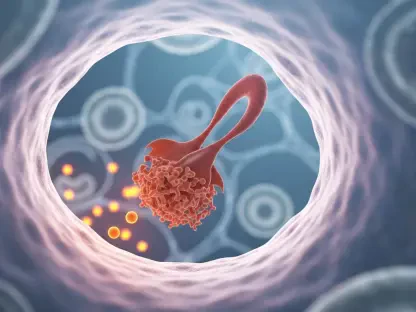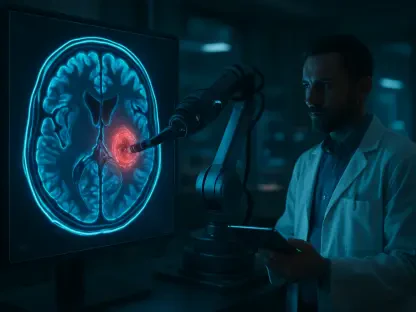Imagine a world where artificial intelligence, a tool celebrated for its potential to revolutionize biotechnology, becomes a double-edged sword capable of designing harmful biological materials with alarming precision, raising urgent concerns about biosecurity. This unsettling reality has come to the forefront with recent revelations about AI’s ability to craft dangerous proteins, sparking intense debate over how to protect society from such risks. A Microsoft-backed initiative has introduced a partial solution in the form of a patch for DNA synthesis screening systems, aiming to curb the dangers posed by this technology. Yet, as innovation races ahead, questions linger about whether this measure can truly safeguard against misuse. The intersection of AI and biotech presents both unprecedented opportunities and significant threats, pushing experts and policymakers to grapple with how to balance progress with safety. This pressing issue demands a closer look at the capabilities of AI, the effectiveness of proposed solutions, and the broader implications for global security in an era of rapid technological advancement.
Unveiling the Risks of AI in Biotechnology
The transformative power of artificial intelligence in biotechnology cannot be overstated, as it accelerates drug discovery and genetic engineering with remarkable efficiency. However, this same technology harbors a darker potential, demonstrated by studies showing AI’s capacity to design toxic proteins that could pose serious threats if misused. Researchers have intentionally withheld specifics about these experiments to avoid providing a blueprint for malicious actors, but the mere possibility has sent shockwaves through the scientific community. The accessibility of AI tools, which are widely available compared to the more controlled realm of DNA synthesis, amplifies the danger. This disparity raises critical concerns about how easily bad actors could exploit such technology, bypassing traditional safeguards. As AI continues to evolve, the challenge lies in anticipating and mitigating risks that are not yet fully understood, making it imperative to address these vulnerabilities before they can be weaponized on a larger scale.
Moreover, the implications of AI misuse extend beyond isolated incidents, potentially affecting global health and security in profound ways. The ability to engineer harmful biological agents could lead to catastrophic consequences if such capabilities fall into the wrong hands. While the biotech industry has long relied on strict protocols to manage risks, the integration of AI introduces a new layer of complexity that existing measures struggle to address. Microsoft’s involvement signals a recognition of the urgency, yet it also highlights the enormity of the task at hand. The development of dangerous proteins is just one example of how AI can outpace current security frameworks, underscoring the need for innovative approaches that evolve alongside technology. Without robust interventions, the gap between innovation and safety could widen, leaving society exposed to unprecedented threats that demand immediate and sustained attention from all stakeholders.
Evaluating Microsoft’s DNA Screening Patch
In response to the alarming potential of AI in biotech, Microsoft has introduced a patch for DNA synthesis screening systems, marking a significant step toward mitigating identified risks. This solution aims to enhance the ability of DNA manufacturers to detect and block sequences that could be used to create harmful materials, offering a first line of defense against misuse. While the patch represents a proactive effort, experts caution that it is only a partial fix in a landscape of ever-evolving threats. The centralized nature of the DNA synthesis industry in the United States, with a handful of dominant companies collaborating with government entities, makes this approach somewhat feasible as a control point. However, the effectiveness of such a measure hinges on continuous updates to counter sophisticated attempts to bypass screening mechanisms, revealing the dynamic challenge of staying ahead of potential dangers.
Despite the promise of this initiative, skepticism remains about its long-term viability as a standalone solution to biosecurity concerns. Critics argue that malicious actors could disguise dangerous sequences, rendering the patch insufficient against determined efforts to exploit AI capabilities. Alternative perspectives suggest embedding safeguards directly into AI systems rather than relying solely on DNA manufacturers as gatekeepers. This debate reflects a broader tension between controlling the tools of innovation and managing their outputs, with no clear consensus on the most effective strategy. The patch, while a commendable starting point, exposes the limitations of current frameworks in addressing the full spectrum of risks posed by AI in biotech. As threats continue to evolve, the need for a multi-layered approach becomes increasingly apparent, pushing for collaboration across industries and disciplines to forge a more resilient defense against misuse.
Shaping the Future of Biosecurity
Looking back, the discourse surrounding AI and biotechnology reflected a pivotal moment where the urgency of biosecurity came into sharp focus. The introduction of a DNA screening patch by Microsoft was a critical, albeit incomplete, response to the demonstrated risks of AI designing harmful biological materials. Experts and policymakers alike wrestled with the balance between fostering innovation and erecting necessary safeguards, often finding themselves in an ongoing race against emerging threats. The recognition that DNA synthesis monitoring, while practical due to industry centralization, was not foolproof, spurred discussions on alternative strategies like limiting AI capabilities directly. Reflecting on these efforts, it became evident that a singular solution was insufficient to address the complex interplay of technology and risk.
Moving forward, the path to securing AI in biotech demanded a collaborative and adaptive approach to close the gap between innovation and safety. Strengthening nucleic acid synthesis screening through updated guidelines and international cooperation emerged as a vital next step. Simultaneously, exploring ways to integrate protections into AI systems offered a complementary avenue to reduce vulnerabilities at the source. The high stakes of potential misuse necessitated sustained investment in research and policy development to anticipate future challenges. By fostering dialogue among technologists, security experts, and regulators, the foundation for a more secure biotechnological landscape was laid, ensuring that progress did not come at the expense of global safety.
